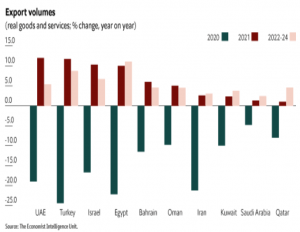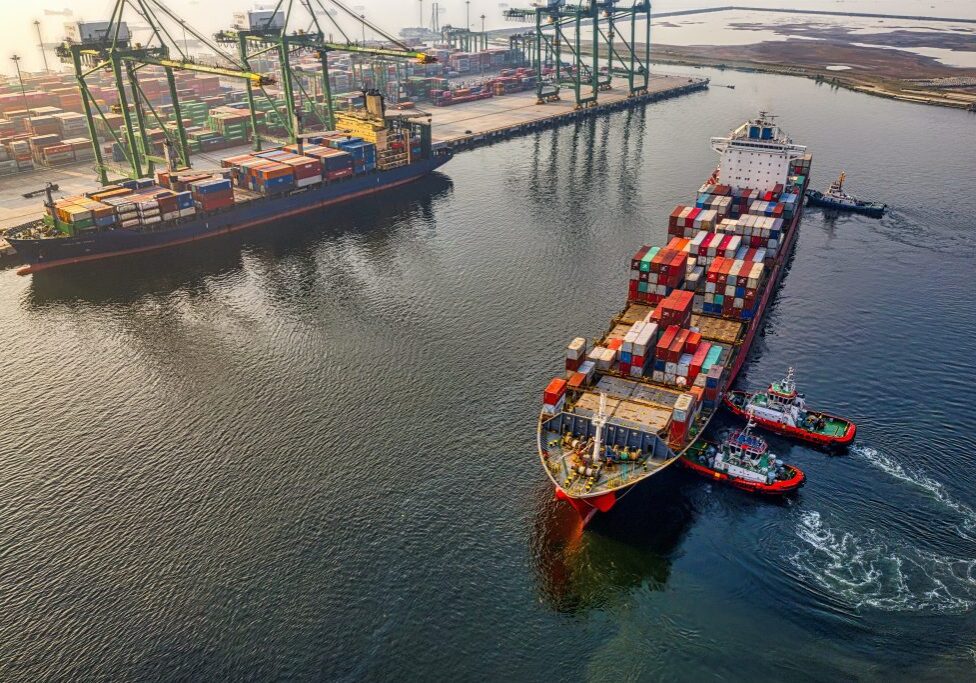International trade to contract sharply in the Middle East
The value of international trade in goods and services will contract sharply in the Middle East in 2020 as the Covid-19 pandemic saps demand and disrupt supply chains.
The full-year impact on the value of international trade in the Middle East will be a contraction of over 20% for most, if not all, countries, and the outturn across the region will be worse than the contraction experienced in 2009, following the global financial crisis.
Assuming that COVID-19 remains in circulation but is manageable, and a fresh round of severe national lockdowns is avoided, the Middle East is expected to see a return to growth in export and import trade volumes in 2021. It is forecasted that Saudi Arabia will post recoveries but lag behind others as oil markets remain subdued in 2021.


The rollout of large-scale economic support combined with the further easing of lockdown conditions is another key factor that should help drive the recovery of international trade. However, the recovery will be dampened by remaining public health protocols, social distancing requirements, lingering uncertainty, low confidence levels among consumers and businesses, and more financially stressed households and businesses.
China is the single largest goods trade partner for Saudi Arabia, Kuwait, Oman, Iran, and Iraq, and continues to expand its footprint. Demand for oil and gas will drive export trade. At the same time, China will remain a major supplier of electronic and electrical equipment, plant and machinery, industrial and building materials, vehicles and parts, and a range of low-cost consumer goods.
Digitization efforts will gain traction in the years ahead as governments, businesses, and households react to the COVID-19 crisis and seek more efficient and secure ways of working, buying, and interacting. Also, digitization is a key part of longer-term economic development and international competitiveness strategies in countries such as the UAE, Saudi Arabia, and Qatar, where government support and business adoption rates are already high.
Source: The Economist
